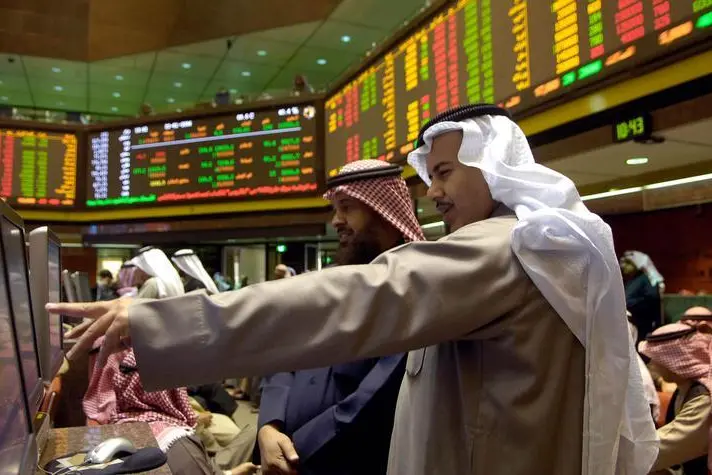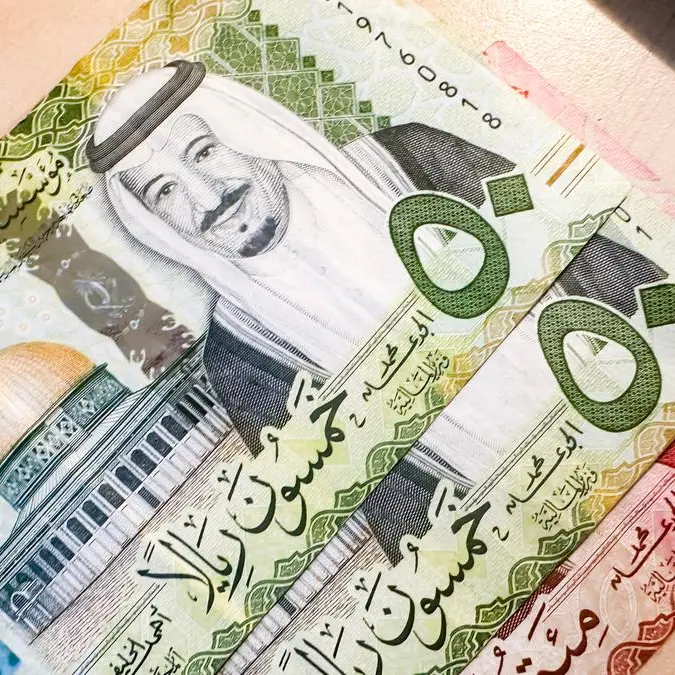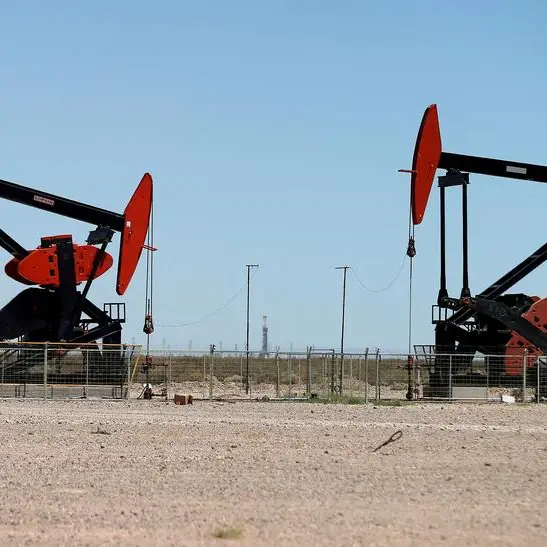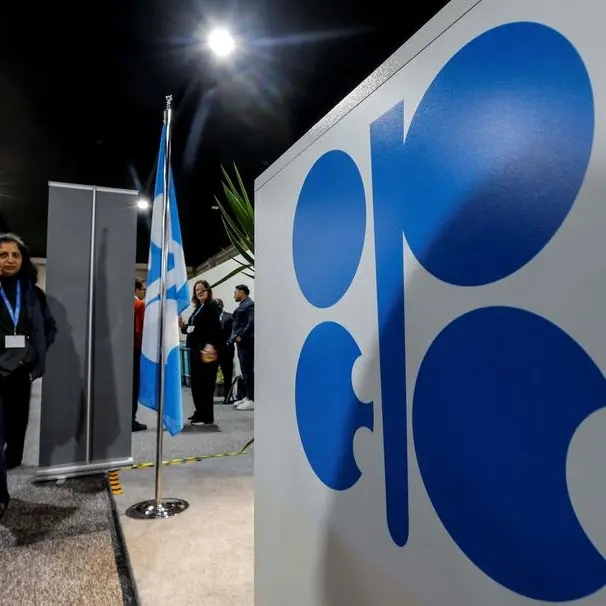PHOTO
KUWAIT CITY: Inflation in consumer prices jumped in September on the back of the fuel price hike during the month. Headline inflation rose to 3.8% year-on-year (y/y) from 2.9% in August. Excluding the increase in fuel prices, the rate of inflation remained relatively steady at around 3.0% y/y. For the month CPI jumped 1%, it would have been flat to down without the rise in fuel prices. Food inflation continued to be soft thanks to declining international food prices. Inflation in housing services, mostly housing rents, stabilized in September after trending upwards for almost a year, in tandem with weakness in the real estate market. We expect headline inflation to log in an annual average inflation rate of 3.4% in 2016, just marginally higher than the 3.3% reading in 2015.
Inflation in local food prices remained weak in September as global food prices declined further, coming in at a mere 0.8% y/y during the month. According to the Commodity Research Bureau, international prices of commodity foods fell for the third straight month in September, declining by 6.7% y/y.
Inflation in non-durable goods witnessed a spike in September on the back of the hike in fuel prices. The segment had been trending lower since the beginning of 2016 in-line with softer food price growth. We expect non-durable goods inflation to subside once again as the effect of the one-off hike on fuel costs fades.
Inflation in housing services saw its weakest month-on-month increase in over three years in 3Q16, amid a cooling real estate market. After trending upwards for almost a year, housing inflation, which is comprised primarily of housing rents and is updated quarterly, steadied, at a still high, 7.4% y/y in September. However, the monthly (and quarterly) increase was up by a mere 0.1%, reflecting a softer housing market. We expect the momentum in housing inflation to continue to ease in the near-to-medium term.
Inflation in both furnishings & household maintenance and clothing & footwear slowed in September. Inflation in the furnishings & household segment eased from 3.0% y/y in August to 2.1% y/y in September. Clothing & footwear inflation slowed from 1.3% y/y to 0.8% y/y during the same period as the upward pressures stemming from the summer holiday season and preparations for the new academic year subsided.
Inflation in the ‘other goods & services’ category stabilized in September. Inflation in this segment, which is mostly comprised of imported goods, such as personal care products and jewelry, steadied at 1.8% y/y in September, perhaps on the back of stabilization in gold prices during the same month.
Inflation in the transportation sector surged in September both due to direct and spillover effects of the fuel price hike during the same month. After slowing since at least 2009 due to softer growth in both car prices and airfares, inflation in transportation costs rebounded, jumping to 10.6% y/y from a decline of 1.9% y/y in August. The jump came on the back of a 52% y/y surge in fuel & lubricant prices, which in turn pushed the costs of transport services (taxi fares in particular) and operation of personal transport equipment higher. We may continue to see some upward inflationary pressures in this segment in the short to medium-term as we see more transport services readjust their prices to reflect the fuel price increases.
Wholesale price inflation accelerated in the third quarter of 2016 after inflation in both the mining & quarrying and manufacturing (oil related) sectors gathered momentum. Wholesale price inflation accelerated from 1.3% y/y in 2Q16 to 2.8% y/y in 3Q16, as inflation in the mining & quarrying and manufacturing segments gained traction following the fuel price hike. Price growth in the manufacturing segment (primarily oil related) rose from 1.4% y/y in 2Q16 to 3.1% y/y in 3Q16, mostly due to higher inflation in the local manufacturing sector, which rebounded and jumped to 4.6% y/y during the same period.
Inflation in the wholesale price index may continue to see some upward pressures from the manufacturing sector in the near to medium-term. However, the ongoing weakness in the agriculture, livestock & fishing prices may help cap some of that upward inflationary pressure. This could help keep any significant inflationary gains in the consumer price index at bay over the medium term.
© Arab Times 2016























